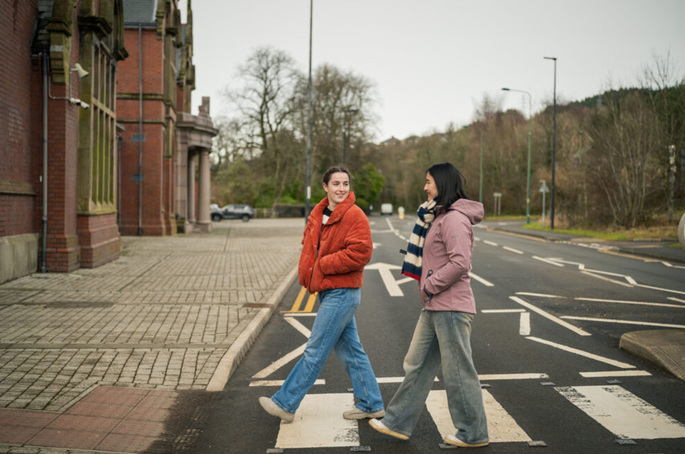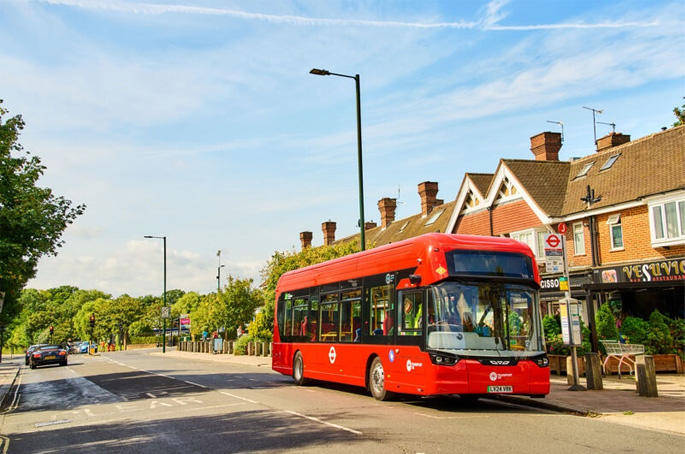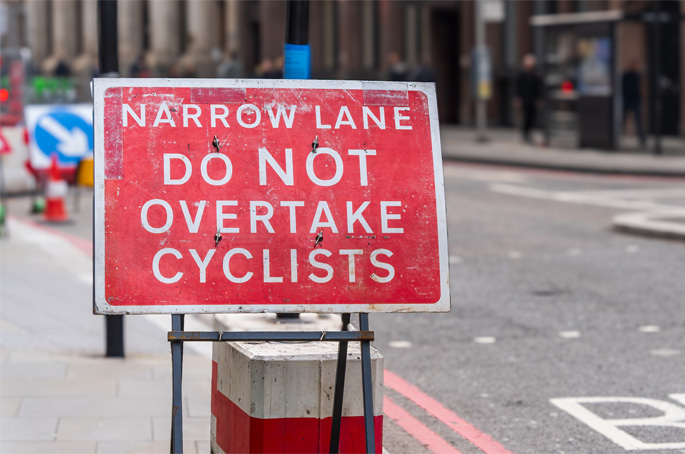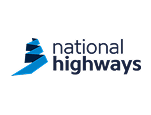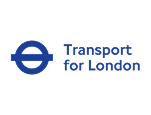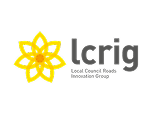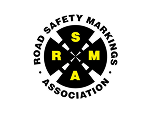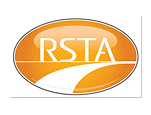The Welsh Government has published plans for fresh guidance on its groundbreaking Active Travel Act, with a key change aimed at helping make active travel safer and more accessible for women and girls.
Launched on 21 November and running until 13 February, the consultation considers the third revision of the Active Travel Act Guidance (ATAG), due to be finalised for publication next year.
'One of the key updates to the language used is clarifying throughout the document that active travel includes walking, wheeling, and cycling, along with more inclusive language, designing for diverse users, and highlighting the needs of women, girls, and vulnerable road users,' the consultation document states.
Factors that are being considered include lighting, toilets and changing facilities, seating and surveillance.
This new version is also expected to consider whether increased separation and priority for people walking, wheeling or cycling should be incorporated into designs in a way that takes more vulnerable people into account.
Cabinet secretary for transport and North Wales, Ken Skates, said: ‘It's important the views and needs of all of us are taken into account, so everyone has the opportunity to make the most of the schemes available.
‘As part of the consultation we'll be particularly interested to hear the views of disabled people, women and young people.'
Cabinet secretary for social justice, Jane Hutt, said: ‘Every woman should feel safe to run, walk, or simply exist in public spaces without fear of harassment. It's not up to women to change their behaviour or limit their lives – it's up to men to reflect on and address their own behaviours, and that is the focus of our Sound campaign.'
Olivia Browne of Sunday Run Club Cardiff said: ‘Too frequently, women and girls feel afraid to use public spaces as a direct result of their lived experience, for which they are often blamed. This limits their freedoms and choices as citizens.
‘More can be done to ensure travel routes feel accessible for women.'
To find out more about the consultation and how to respond, click here.

